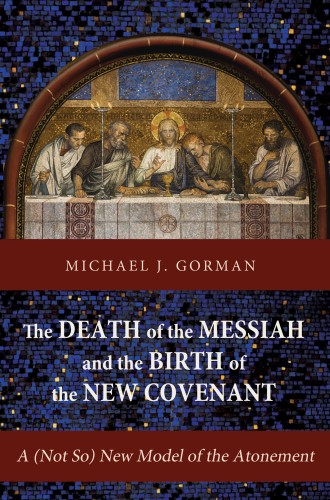The Death of the Messiah and the Birth of the New Covenant, by Michael J. Gorman
For there to be a heresy about the cross, there would have to be an orthodoxy about it. Unlike the case with Nicene specifications of christological and trinitarian doctrine, such an orthodoxy is not readily at hand in early Christian tradition or in many Christian traditions since. Early Christians pointed to Jesus, and particularly to his death and resurrection, as the hinge of history and salvation, but they did so with celebration more than with explanation. They may have agreed that Jesus was the messianic anointed One, and they saw no resulting need to edit the wide range of other roles: Teacher, Redeemer, New Adam, Healer, Liberator, Lamb.
Arguments over various atonement theories—moral influence, penal substitution, victory over the powers—are understandable, given this open space. Depending upon who’s counting, there may be three, five, eight, or ten atonement theories. But the different views are rarely strict alternatives. Jesus’ crucifixion need not be any less a moral influence for being also a victory over death. Recapitulation does not rule out reconciliation; nor does sacrifice preclude ransom. The lack of dogmatic foreclosure encourages a cumulative approach.
Michael Gorman argues that contentions over a single definitive answer to how Jesus’ death saves lead to an inadequate grasp of what the passion of Christ means and does. Whichever fragment of the truth wins the argument emerges with an impoverished vision of the gospel: forgiveness but not liberation, say. As a result, the passion comes across as less momentous than it is, and the Christian life as less comprehensive than it should be.





